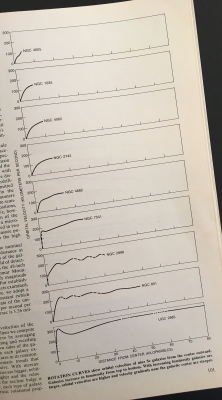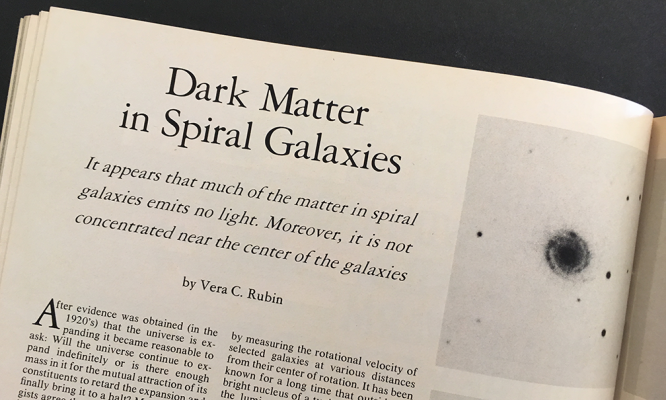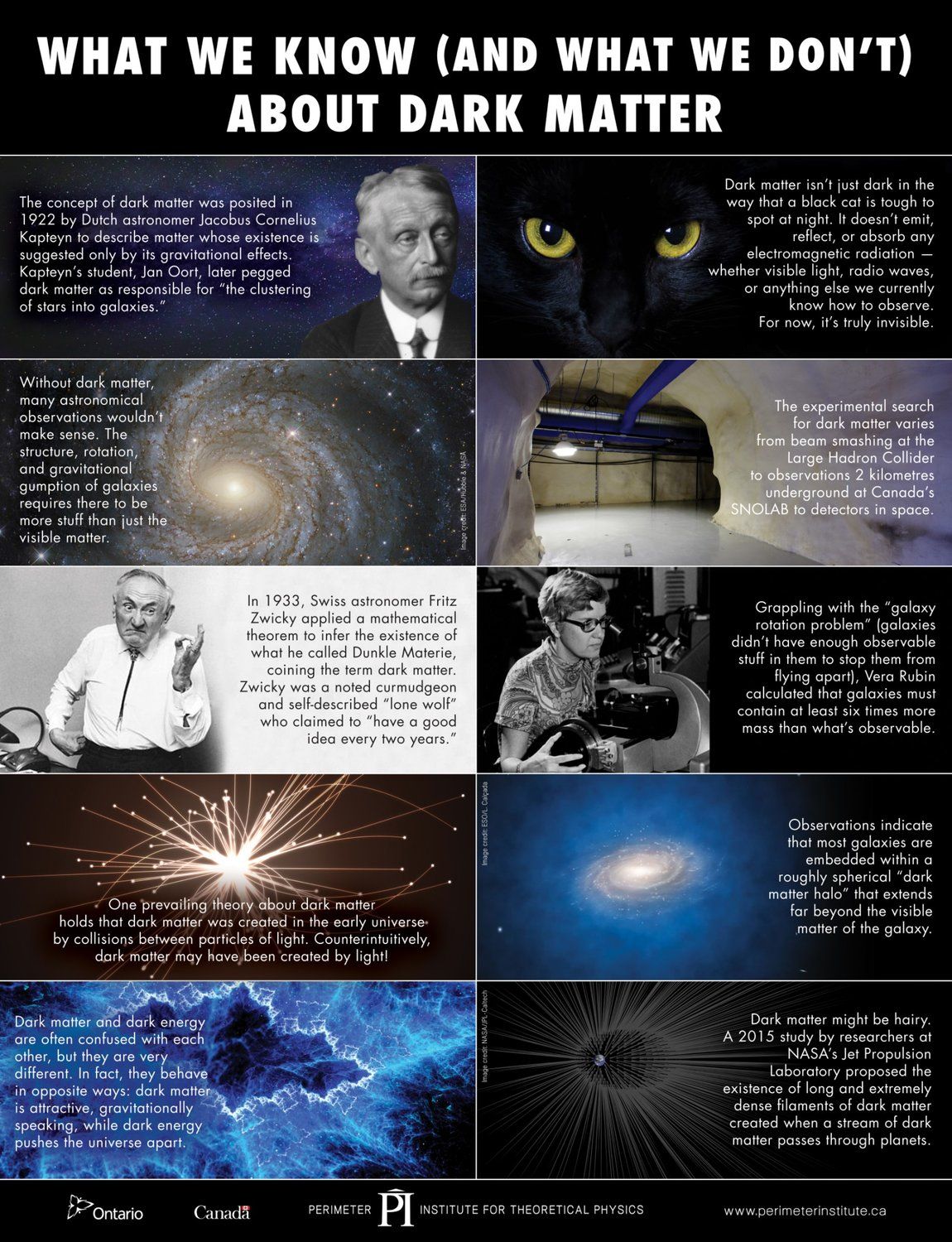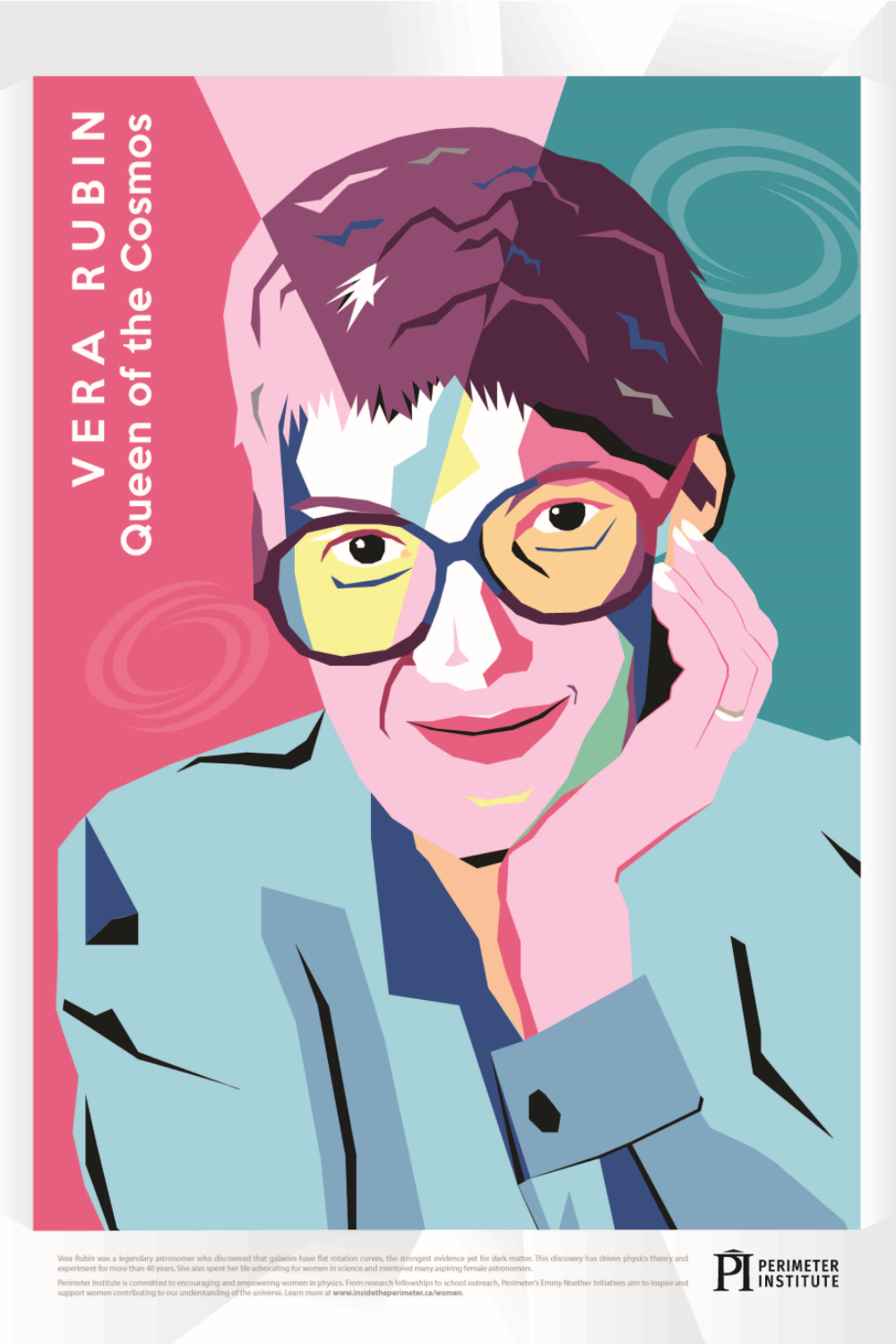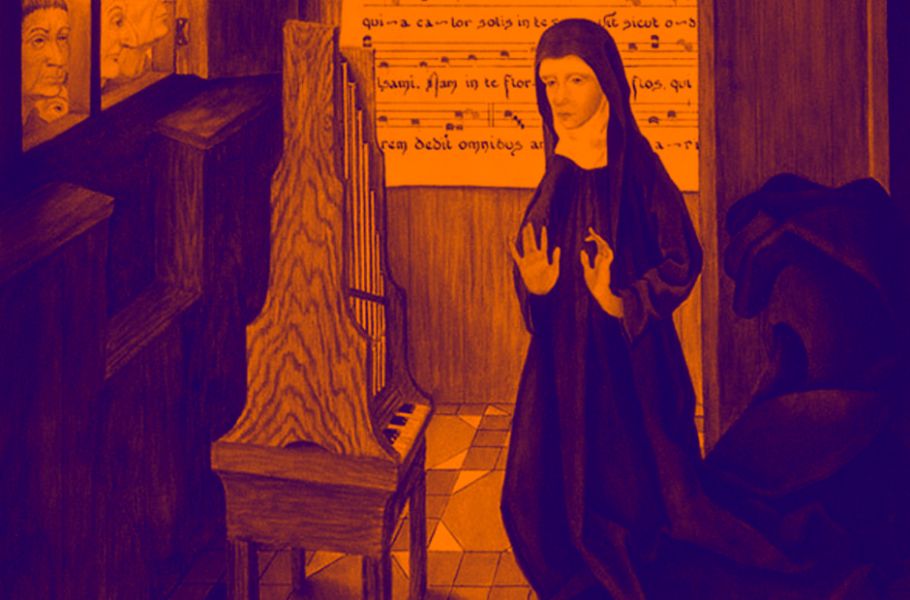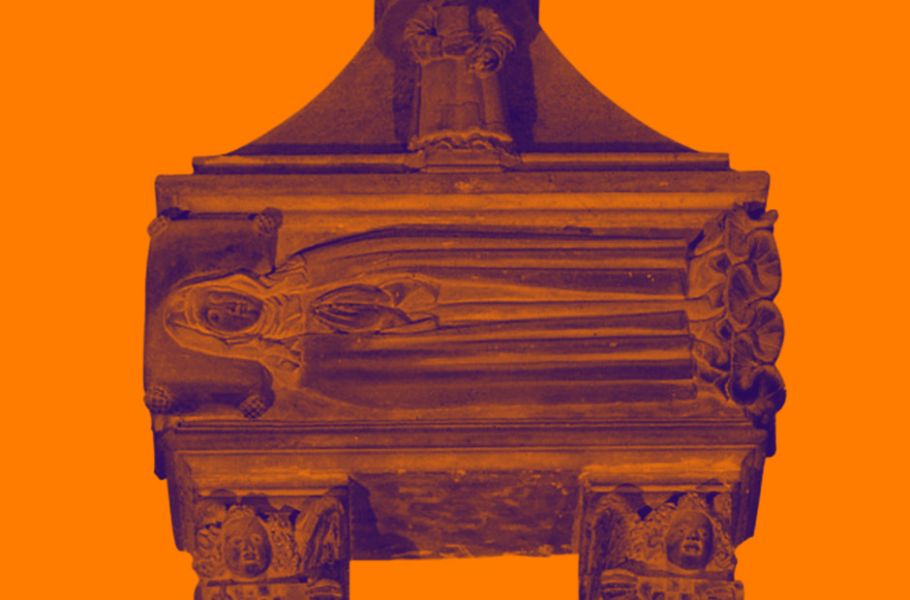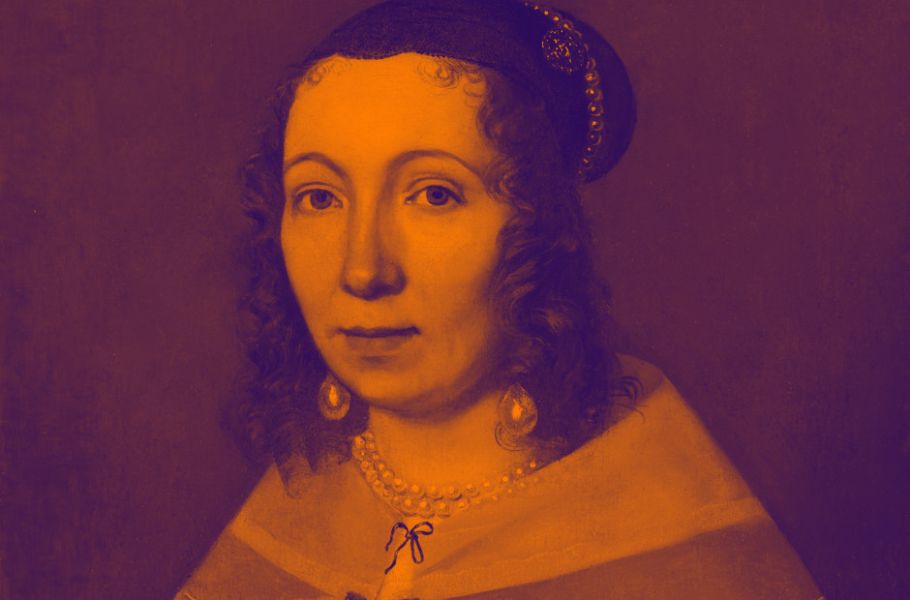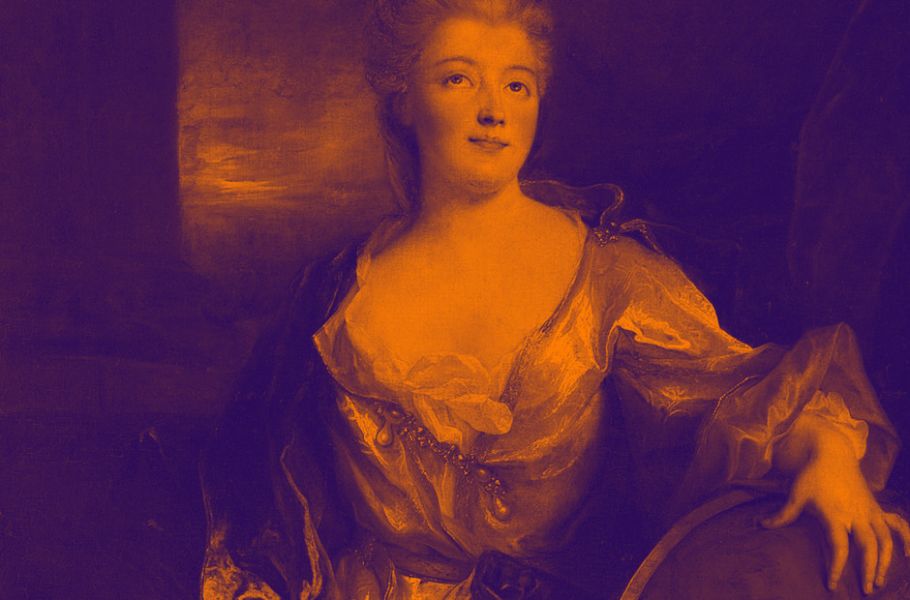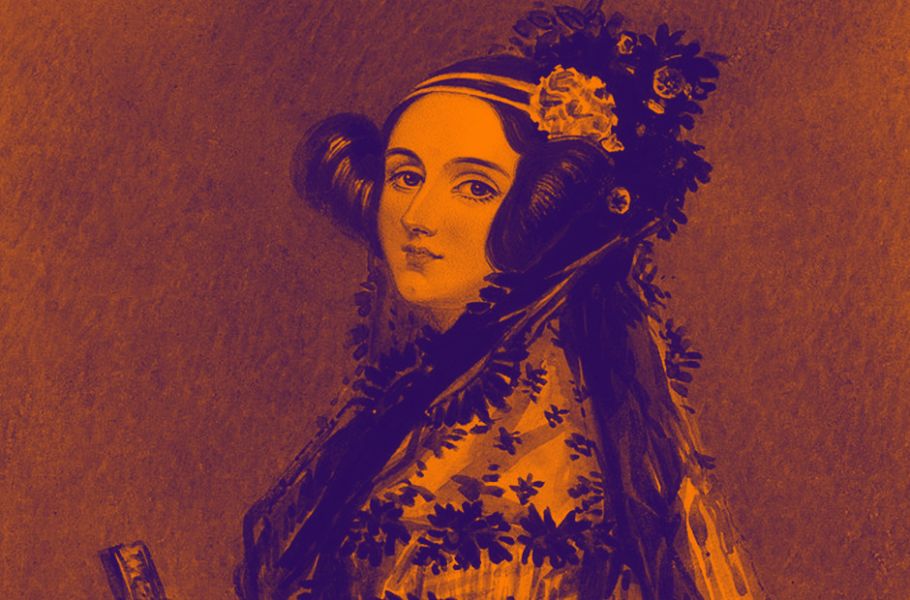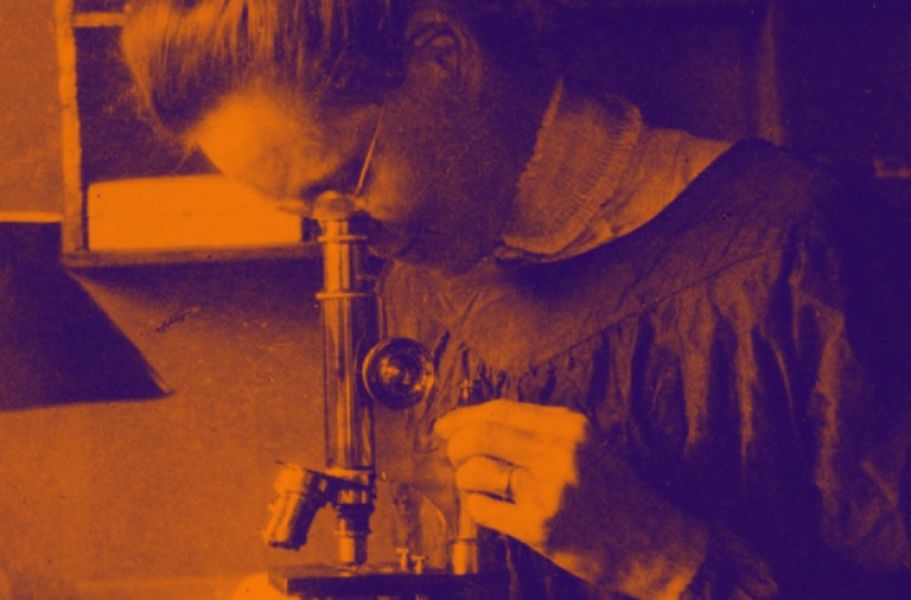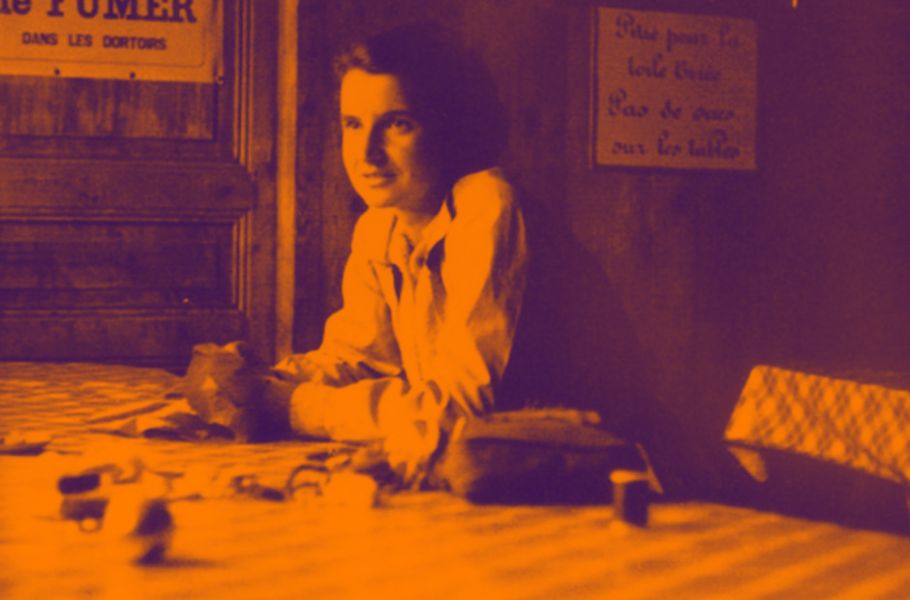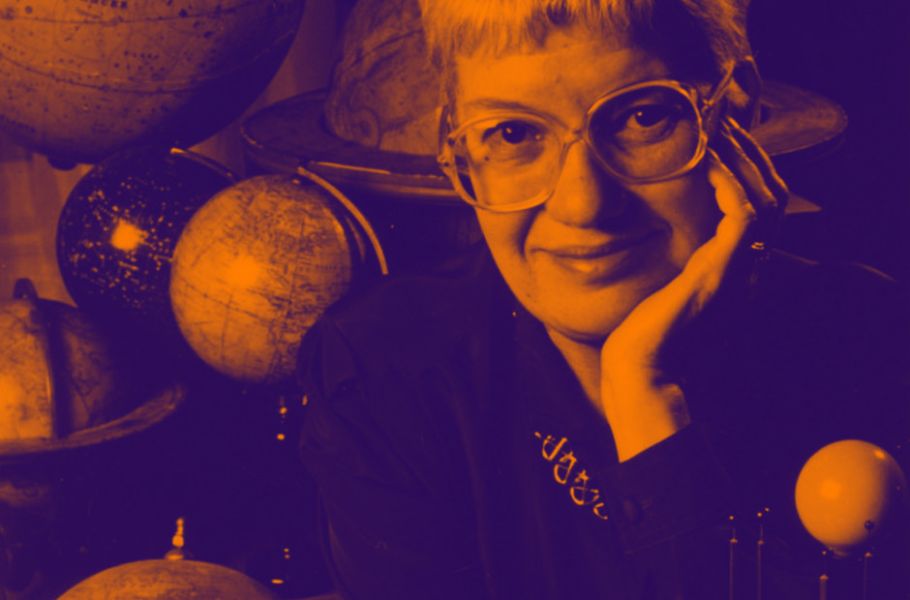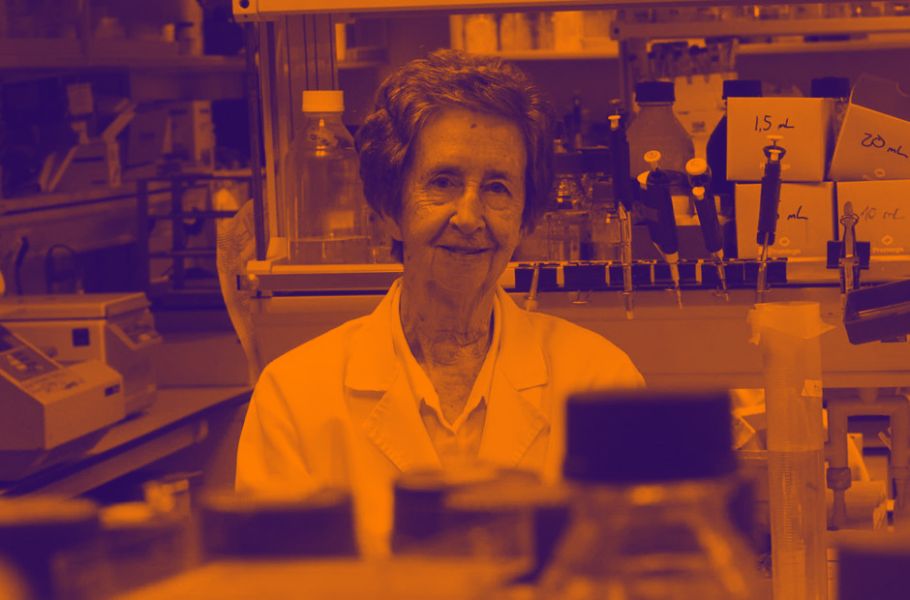-
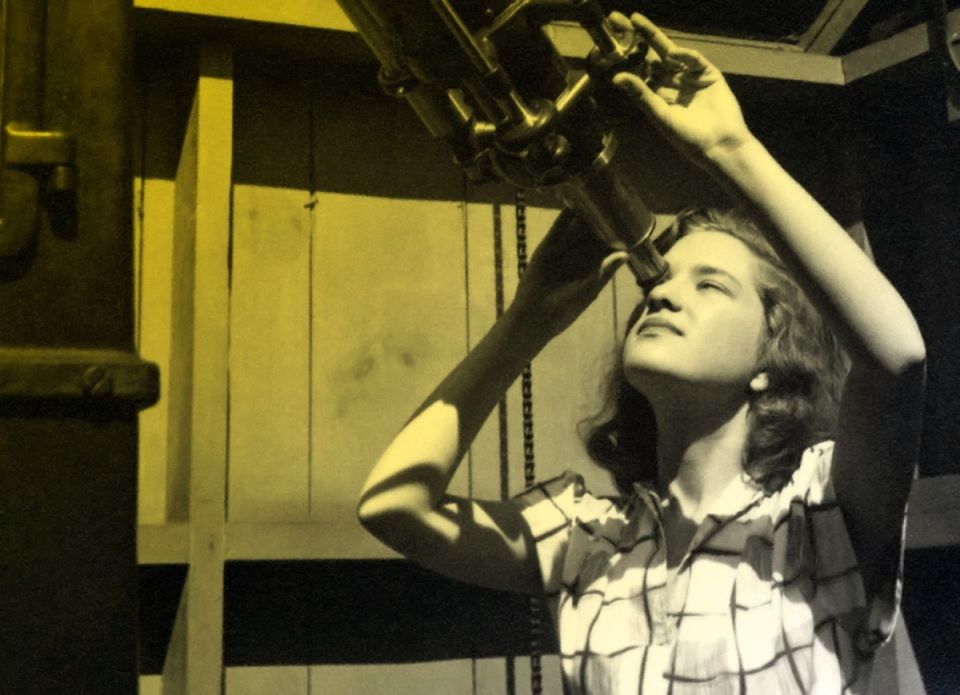
-
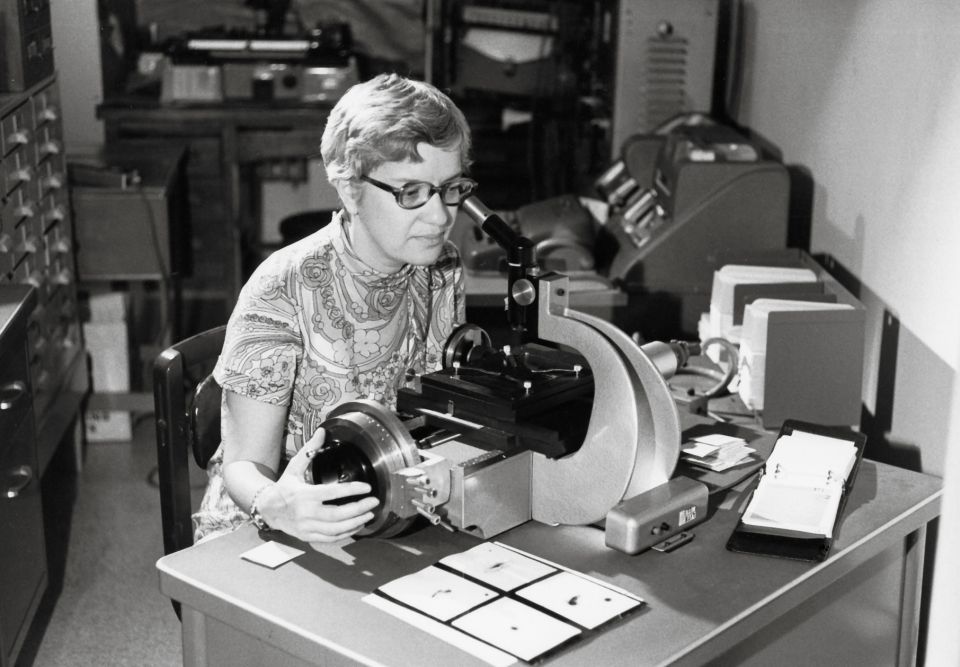
-
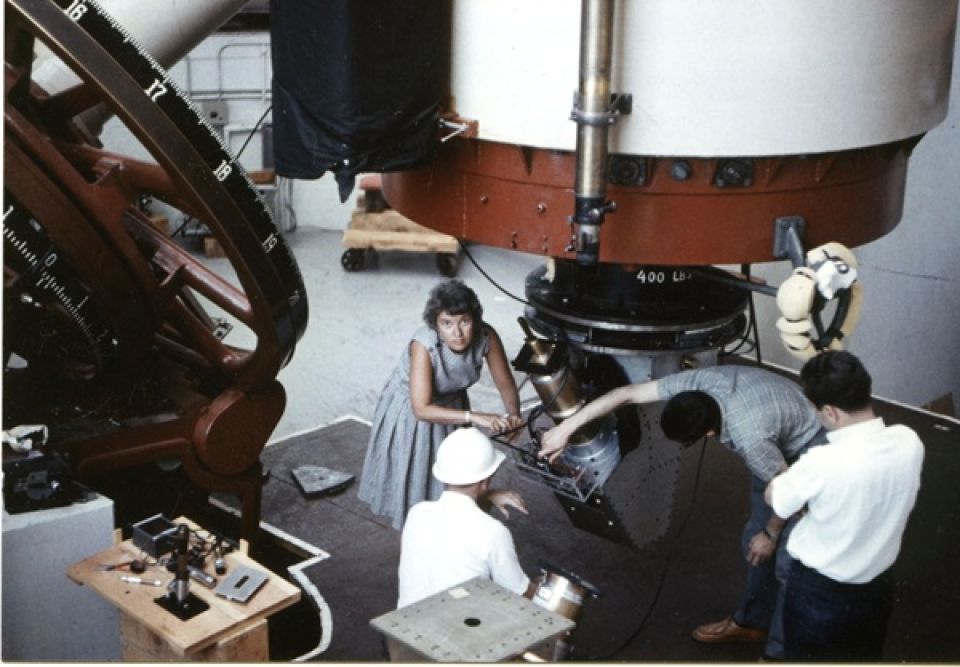
ASTRONOMIST VERA RUBIN IN THE FLAGSTAFF TELESCOPE
Carnegie institution, Department of Terrestrial MagnetismRubin i Kent Ford (white hat) check their equipment at the Lowell Observatory on 1965 during one of his first comments together -
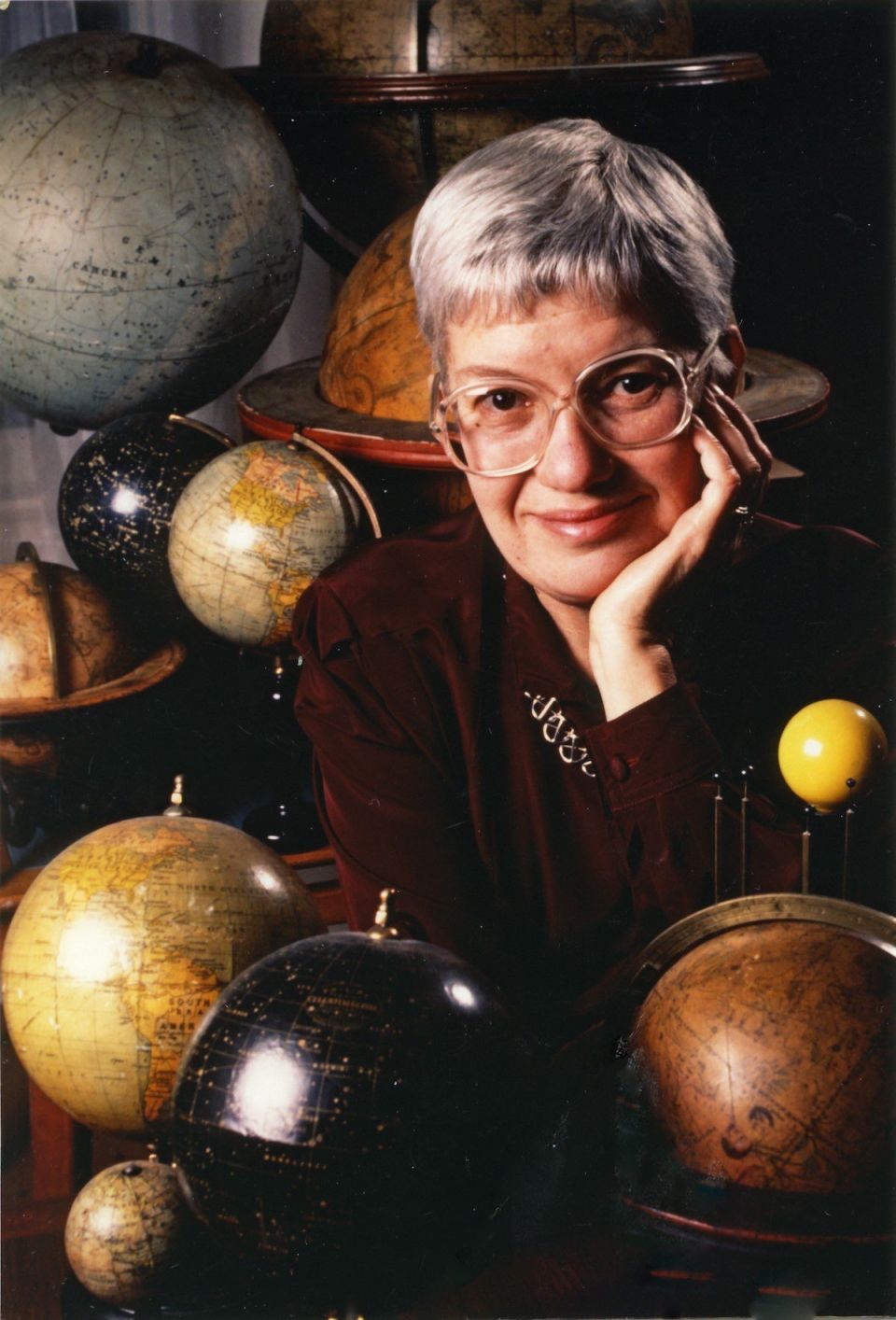
-
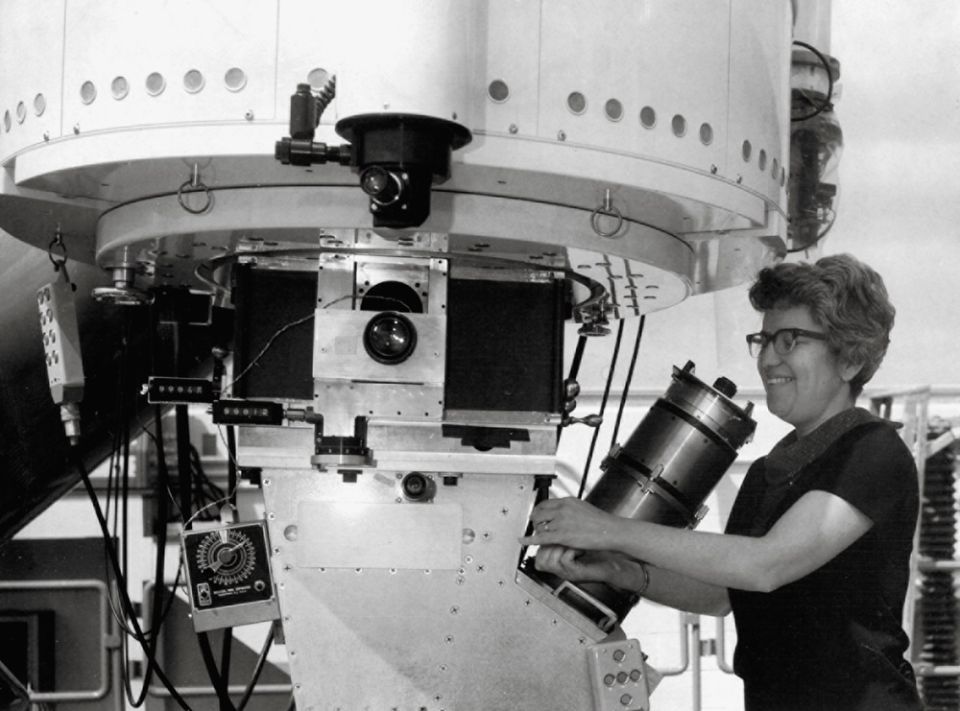
Rubin operates the telescope 2,1 meters at the Kitt Peak National Observatory.
Jiving / AURA / NSFThe Kent Ford spectrograph can measure the speed of matter at different distances from the centers of galaxies.
Vera Rubin
Philadelphia, U.S
1928-2016
-
occupation
Physics and Astronomy -
area
Astronomy
-
nationalityAmerican
-
Acknowledgments
The astronomer was one of the main candidates to win the Nobel Prize in Physics, especially if soon confirmed the first direct detection of dark matter. For some its history embodied inequality for years behind the most prestigious award in science. of 1901, the men have taken the 99% the Nobel, awards that are only given in life. Rubin received major awards such as the U.S. Science Medal and was a member of his country’s National Academy of Sciences.. [1]
Vera Rubin was honorary doctor of numerous universities, including Harvard and Yale.
Vera Rubin, the astronomer of dark matter
Born in Philadelphia 1928, his observations and analyzes in the 1970s changed the way the universe was measured and understood in all its complexity.. He was also in charge of examining the rotation of more than 200 galaxies and among his major findings he discovered that stars far from the galactic center were moving at the same speed as those closest to the interior..
Such a discovery contradicted the rules on which astronomy was based until then, as it argued that distant stars had to turn more slowly. And yet Dr. Rubin, using as a reference Newton's laws, established that it was possible to order velocity method because the edges of galaxies existed too dense and invisible that exerts a force on the stars. Another of his most important contributions to astronomy was his theory of dark matter, a concept in force today that represents a 27% mass and energy exists in the known universe. [2]
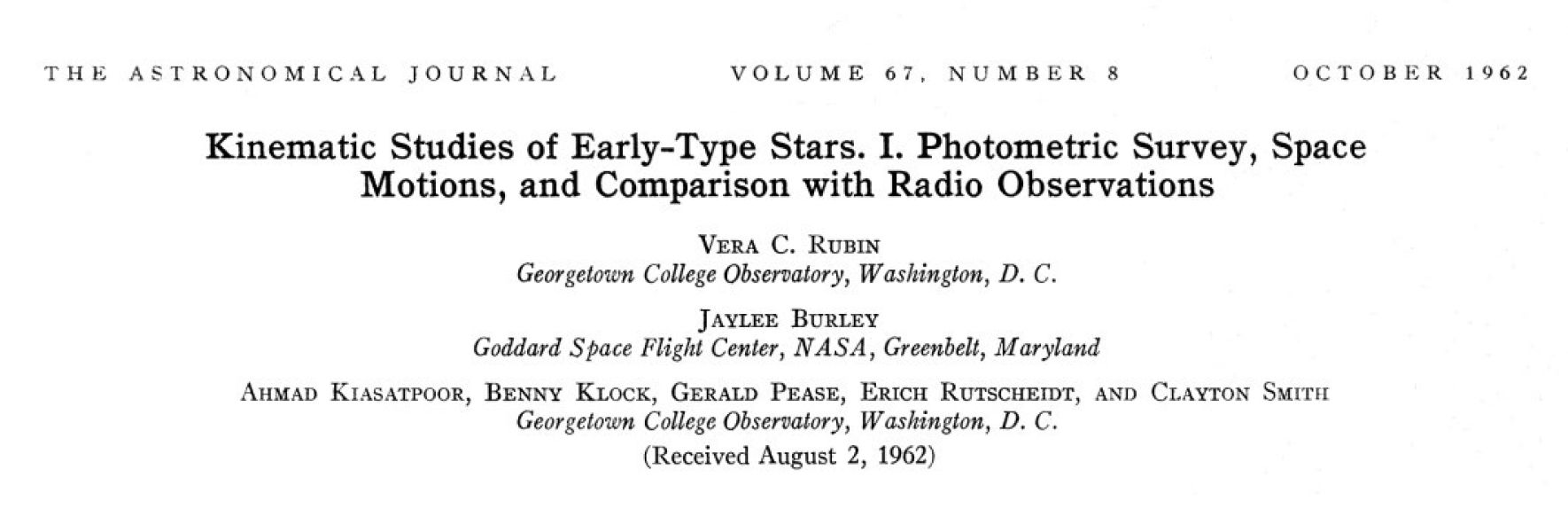
Rotating Galaxies and Dark Matter
It all began with a Masters Course which gave Rubin the early 60. Vera suggested that the six students in the course work on determining a star's rotation curve in our galaxy that were far from the center.. The summary of the article can be read: “Per radis R> 8.5 kpc, the rotation curve is flat and does not decrease as would be expected if the orbits were Keplerian”. After publication, Many comments were negative and unpleasant to. This was first published and flat rotation curve, Nowadays, the article is still quoted. The editor said he accepted the article, but did not publish the names of students. Vera will replicate, overwhelming: “Then remove the article”. The editor stepped back and all the students signed the article [3]
What kind of clues led to the discovery of dark matter and its place in the universe?
This is a battle that must be fought young women. Thirty years ago we thought the battle would end soon, but equality is not as elusive dark matter
FREQUENTLY ASKED QUESTIONS
Yes, without any doubt. The anomaly in the galactic rotation curves that confirmed his work alongside W. Kent Ford, Jr. is one of the great discoveries in astronomy in the second half of the twentieth century. A success that deserves a Nobel Prize in Physics. Unfortunately no longer receive.
 After obtaining his degree in Astronomy from Vassar College on 1948, tried to enroll at Princeton University, but never received his graduate catalog, as women were not allowed in the Astronomy graduate curriculum until 1975.
After obtaining his degree in Astronomy from Vassar College on 1948, tried to enroll at Princeton University, but never received his graduate catalog, as women were not allowed in the Astronomy graduate curriculum until 1975.
She applied to be admitted to Cornell University, where he studied physics under the direction of Philip Morrison, and quantum physics under the tutelage of Hans Bethe and Richard Feynman. He completed his studies in 1951, during which he made the first observations of Hubble flow deviations in the movements of galaxies. He argued that larger galaxies could rotate around unknown centers rather than a simple escape movement., as suggested by the Big Bang theory in this time.
The presentation of these ideas was not well received. The work for his doctorate he went to Georgetown University and earned his Masters in 1951, and the 1954 He obtained his doctorate under the supervision of George Gamow.
 The first to suggest the existence of dark matter, using stellar velocities, was the Dutch astronomer Jacobus Kapteyn on 1922. Dutch colleague Jan Oort and the pioneer of radio astronomy also hypothesized the existence of dark matter on 1932. Oort was studying stellar motions in the local galactic quarter and found that the mass in the galactic plane must be greater than that observed., but later found that this measure was wrong.
The first to suggest the existence of dark matter, using stellar velocities, was the Dutch astronomer Jacobus Kapteyn on 1922. Dutch colleague Jan Oort and the pioneer of radio astronomy also hypothesized the existence of dark matter on 1932. Oort was studying stellar motions in the local galactic quarter and found that the mass in the galactic plane must be greater than that observed., but later found that this measure was wrong.

Astronomy

Physical
references
- Vera Rubin dies, the woman who provided the first proof of dark matter THE COUNTRY
- Vera Rubin, astronomer of dark matter Woman Leader
- Vera Rubin, galactic rotation curves and dark matter Institute of Astrophysics of Andalusia (IAA-CSIC)





